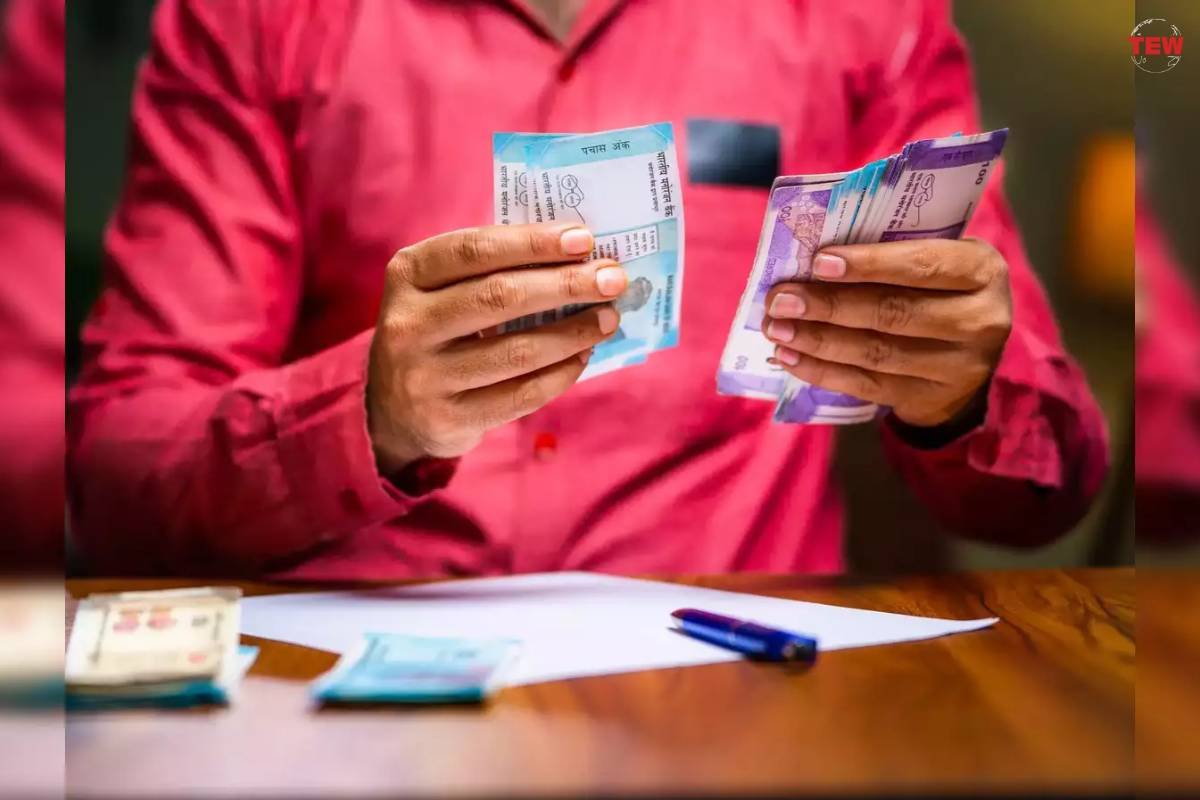The current earthquake warning systems are only able to provide a little window of warning, typically less than two minutes before an earthquakes strikes – and in some circumstances, alerts are only sent out three to five seconds after an earthquake has already begun.
Quentin Bletery from the French Côte d’Azur University and Jean-Mathieu Nocquet from the Institut de Physique du Planète in Paris have conducted a new study that may hold the secret to early earthquake detection.
Observations of previous earthquakes are used to forecast
Currently, it is not possible to anticipate earthquakes; instead, seismic activity in a given area and observations of previous earthquakes are used to forecast them. These observations are analyzed and utilized to calculate the probability of seismic activity in the future.
As a result, earthquake early warning systems don’t forecast earthquakes; instead, they look for ground motion after one has begun. Upon sensing ground motion, warning signals are quickly sent out, allowing nearby residents vital seconds to get ready and take shelter.
Although the existing earthquake early warning systems can help save lives, scientists have long aimed to improve these systems and precisely forecast when and where earthquakes would occur. Either earthquakes may be predicted using seismic activity or they are essentially unpredictable natural events, according to differing viewpoints in the scientific community.
Possible forecasts
According to French researchers Bletery and Nocquet, a precursory fault phase slip that starts almost two hours before an earthquake strikes may one day be utilized to anticipate earthquakes and issue early warnings. The two collected information from more than 90 earthquakes of magnitude 7 that occurred in the previous two decades and examined GPS data from 48 hours before each earthquake.
Nocquet defined earthquakes as “sudden slips along faults that separate two tectonic blocks.” The tectonic blocks start to move in relation to one another during the precursor phase, initially slowly and then gradually speeding to eventually attain a high sliding velocity.
The recordings showed no notable activity in the first 46 hours, but in the two hours just before the earthquakes, there were indications of increased activity along the fault zones.
This, according to Bletery, is a sign of a slow, otherwise imperceptible shift between tectonic plates beginning around two hours before an earthquake happens. There is a catch, though, and this might not work as an earthquake detector.
Meaningful progress in measurement
According to Bletery, who spoke to New Scientist, “We can’t detect at the scale of one earthquake, so we cannot make predictions.” “But it tells us there’s something going on, and if we make meaningful progress in measurement — either the sensor itself, improving its sensitivity, or by just having more of them — we could be able to perceive things and make predictions,” the researcher said.
The sensitivity needed to generate predictions based on the study’s perimeters is not there in current GPS systems. In addition, according to Bletery, current GPS sensors are only able to make exact detections at a single site using the vast amount of data collected for the study.
According to Bletery, doing so would require GPS sensors with 0.1-millimeter motion detection capabilities. Furthermore, many seismic zones lack the technology necessary to monitor whether seismic activity patterns are constant across big earthquakes.
“Although the results of Bletery and Nocquet suggest that there may indeed be an hours-long precursory phase, it is not clear whether such slow-slip accelerations are distinctly associated with large earthquakes or whether they could ever be measured for individual events with the accuracy needed to provide a useful warning,” wrote Roland Burgmann, the director of the UC Berkeley Active Tectonics Research Group.





